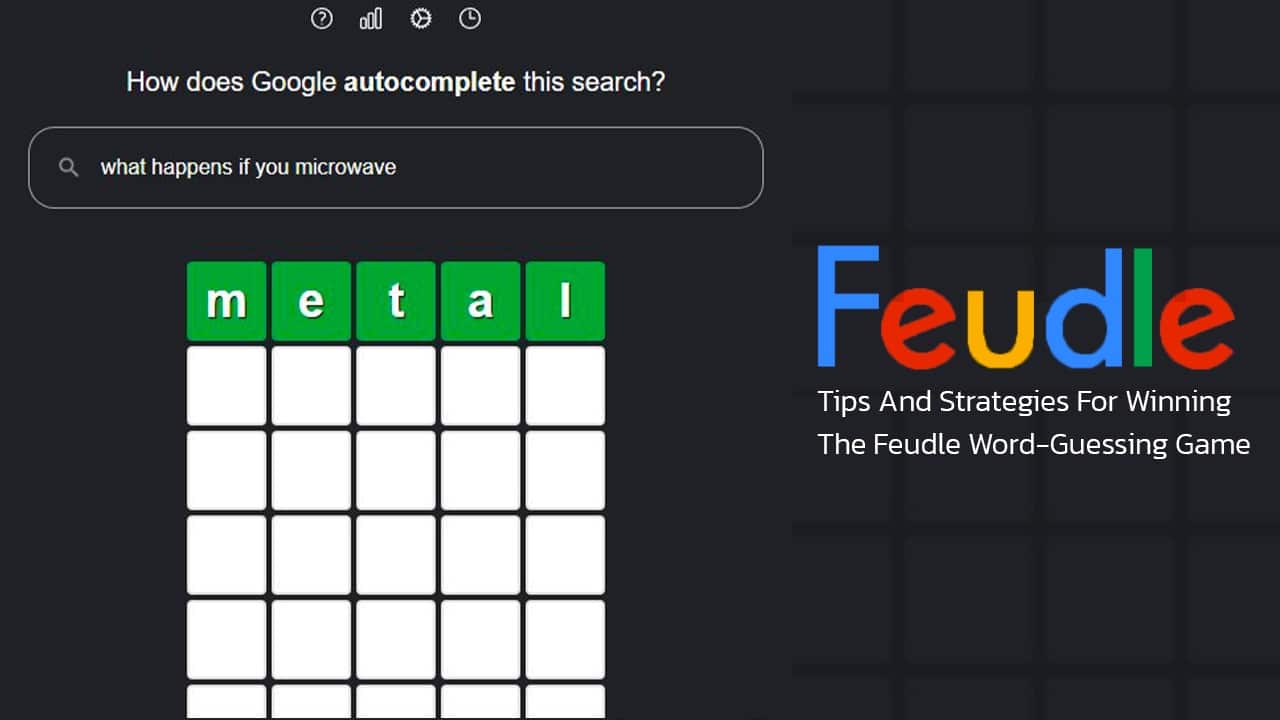The digital world surrounding us every day moves at a lightning-fast pace, and rapid development by leveraging the latest trends and technologies allows businesses to stay ahead of the competition. JavaScript is, undoubtedly, an absolute leader in the technology race regarding web development. The potential of JavaScript is quite extensive (for instance, you can see the example here: https://elitex.systems/javascript-development). However, JavaScript isn’t a monolith in the traditional sense, consisting of a multitude of libraries and frameworks.
JavaScript frameworks have revolutionized how web applications are built, providing developers with a comprehensive set of tools, libraries, and pre-defined code structures. These frameworks offer a ready-made foundation that eliminates the need for writing repetitive chunks of code and allows developers to focus on their applications’ core functionalities and unique aspects. By abstracting complex tasks and providing intuitive APIs, JavaScript frameworks empower developers to build robust and feature-rich applications in a fraction of the time it would take traditional development approaches.
Understanding JavaScript Frameworks
Frameworks are pre-written libraries and tools that provide a structured approach to the development process. Typically, they offer a set of reusable code, predefined functionality, and design patterns that simplify the coding process. One of the key advantages of JavaScript frameworks is that they streamline intricate tasks and provide high-level abstractions, allowing developers to focus on building logic rather than writing repetitive code. These frameworks also promote code organization, modularity, and maintainability, making collaborating with other developers and maintaining large-scale projects easier.
The list of built-in features involves DOM manipulation, data binding, form validation, and AJAX requests, so developers don’t have to write such functionalities from scratch. Additionally, frameworks often come with extensive documentation, vibrant communities, and supportive ecosystems, providing developers with resources, tutorials, and plugins that further accelerate development. By utilizing these frameworks, developers can streamline their workflow, deliver high-quality applications faster, and stay at the forefront of modern web development. However, a versatile framework for all kinds of tasks just doesn’t exist. Each framework has its pros and cons, the scope of the application, and the learning curve, making it essential to consider the project goals when selecting a JavaScript framework carefully.
Criteria for Evaluating JavaScript Frameworks
When evaluating JavaScript frameworks, there are several crucial factors to consider. Firstly, you should consider performance and efficiency and, consequently, how the framework handles rendering, data manipulations, and resource management. Load time, responsiveness, and memory usage can significantly impact the user experience. Framework’s performance capabilities are the first to check and ensure it meets the project’s performance requirements.
Another strength of the framework is its community support and active development. A vibrant community indicates a thriving ecosystem with a wealth of resources, libraries, and plugins, ensuring access to knowledge and assistance, helping developers overcome challenges, as well as projects to stay up to date with the latest domain trends.
Together with scalability and flexibility for future growth, these can ensure that the technology you choose is able to adapt to changing needs and accommodate future enhancement, which is critical for ensuring long-term project success. Assessing these aspects aligns the framework’s capabilities with the project’s requirements and sets a solid foundation for successful and sustainable development.
Exploring Top JavaScript Frameworks
Angular.js
Angular is a robust JavaScript framework maintained by Google. It offers a set of features for building complex web applications. Key functionalities include two-way data binding, dependency injection, and a modular architecture, promoting code organization and reusability. Angular is well-suited for creating single-page applications (SPAs), progressive web apps (PWAs), and large-scale projects that require faster page loads. Notable projects utilizing Angular.js include Google’s DoubleClick for Publishers, and IBM’s MobileFirst, for instance. Angular offers a structured approach to development, enforcing best practices and maintainable code architecture; however, its learning curve can be steep for developers without specific Angular experience, and the initial setup, as well as performance overhead, may pose challenges for small projects.
React.js
React, developed by Facebook, is the most popular JavaScript library among JavaScript developers. It employs a component-based approach, allowing developers to create reusable UI components that efficiently update in response to data changes. React excels in creating interactive and responsive interfaces, making it a top choice for building modern web pages. React-based Native allows developers to develop cross-platform mobile applications with perfect performance rapidly. In this case, Facebook, Instagram, and Airbnb are the real-world use cases for the framework. The large and active community provides extensive support, enabling developers to troubleshoot more effectively. React also supports easy integrations with other frameworks and libraries, making it flexible for various projects. However, React focuses primarily on the view layers, so additional tools or libraries may be required to handle routing and state management.
Vue.js
Vue is a progressive JavaScript framework known for its simplicity and ease of use. It offers a gentle learning curve, making it accessible for developers familiar with other frameworks. Vue provides a flexible architecture and emphasizes component-based development, excelling in creating interactive interfaces, and is suitable for projects of any size, from small prototypes to large-scale applications. Notable Vue-based projects include most Xiaomi applications, Alibaba, and Adobe. Vue provides a clear and intuitive syntax, enhancing the productivity of developers. It offers features like reactive data binding, component reusability, and a comprehensive ecosystem of plugins and libraries. Vue.js can easily be integrated into existing projects and is highly customizable to fit specific project requirements. However, Vue is a younger tool than Angular and React, and its community may be less extensive than in previous cases.
Svelte.js
Svelte is a revolutionary JavaScript framework that takes a different approach to building user interfaces. It’s often called a “compiler” rather than a traditional framework. With Svelte, developers write their components using a higher-level syntax, and during the build process, the framework complies these components into highly efficient and optimized JavaScript code. It leads to smaller bundle sizes and better runtime performance, which makes Svelte suitable for a wide range of projects, from small prototypes to large-scale applications. The framework’s significant difference is that it shifts much of the work from the client’s browser to the build process, resulting in a smaller runtime footprint. The New York Times is probably the most famous use case of Svelte.js. However, before starting your project with Svelte, the biggest thing to consider is its modest popularity, which means a slightly smaller selection of third-party resources and libraries.
Selecting the Right Framework for Your Project
Of course, selecting the proper JavaScript framework for your project is a critical decision that significantly impacts not only the development process but the overall success of your project. Each framework discussed, Angular, React, Vue, and Svelte – offers distinct features, benefits, and considerations.
Angular provides a comprehensive solution for building large-scale applications, SPAs, and WPAs. React excels in creating perfect UIs, making it a popular choice for modern web and mobile applications. Vue stands out with its simplicity and flexibility, making it popular for different projects. While Svelte offers a unique approach to compilation, resulting in highly optimized and performant applications.
Choosing the right framework depends on your specific needs, team expertise, and long-term goals. By carefully considering these factors with the frameworks’ scalability, community support, and performance, you can make an informed decision that empowers you to build high-quality applications efficiently, meeting the demands of today’s dynamic digital landscape.







































